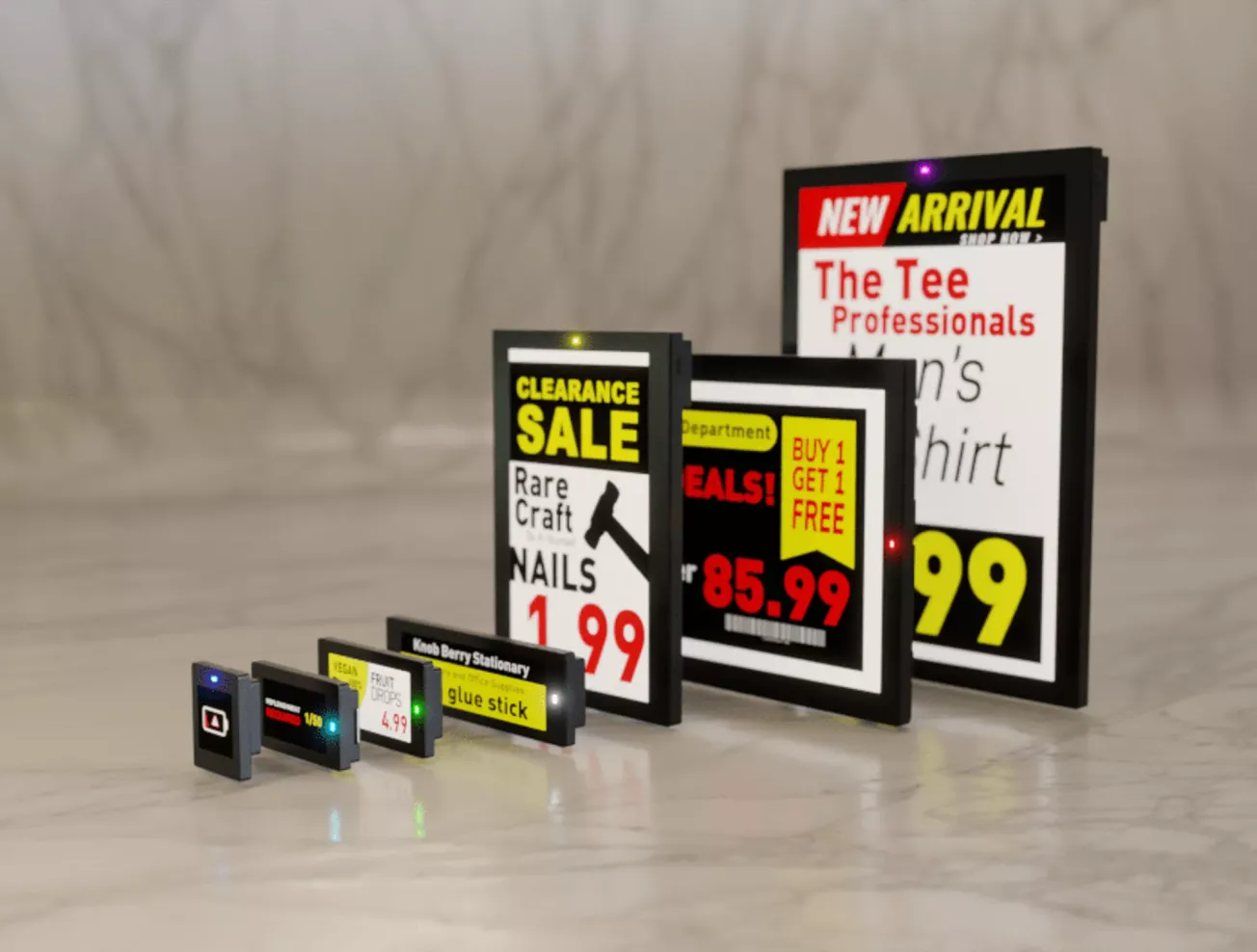Amid much fanfare, Walgreen Co. earlier this month opened a store featuring an expanded assortment of products usually associated with supermarkets in a so-called food desert on the South Side of Chicago.
Amid much fanfare, Walgreen Co. earlier this month opened a store featuring an expanded assortment of products usually associated with supermarkets in a so-called food desert on the South Side of Chicago.
The outlet, which carries more than 750 new SKUs in the category, including fresh produce, frozen meat and fish, and eggs, is one of 10 adhering to the format that the drug chain will have in operation in the city by the end of August.
The initiative came in response to a request from Mayor Richard Daley asking the retailer to leverage the convenience of its stores to help meet the needs of the 600,000 Chicagoans who reside in neighborhoods without easy access to a supermarket. Walgreens has taken the additional step of teaming up with Northwestern Medicine and Near North Health Service Corp. to develop a program designed to educate consumers in those areas about the connection between healthy eating and effective management of chronic diseases.
The company’s work in Chicago is part of a larger trend in the chain drug sector whose objective is to do a better job serving people in densely populated communities. A pacesetter in the field, Duane Reade (which not coincidently was acquired by Walgreens in April), has given food and beverages a very prominent place in its new and remodeled stores in the greater New York area. And CVS/pharmacy is aggressively rolling out its urban concept, which, according to a company spokesman, alters the product selection and layout of the retailer’s prototype to mesh with the distinctive shopping patterns of city dwellers. He says CVS will have some 300 of the outlets in operation by the end of the year and that up to 20% of its 7,100 outlets may eventually be converted to the format.
The push to tailor drug stores to reflect the neighborhoods they serve makes sense. By stepping up food and beverage offerings in urban areas, CVS, Duane Reade, Walgreens and retailers like them are driving customer traffic and racking up significant front-end sales gains at a time when pharmacy margins remain under pressure.
One potential pitfall that they should keep in mind is the danger of confusing the consumer about a drug chain’s primary function. Members of the trade class need to ensure that laudable efforts at the front end don’t overshadow their image as community health care providers.





